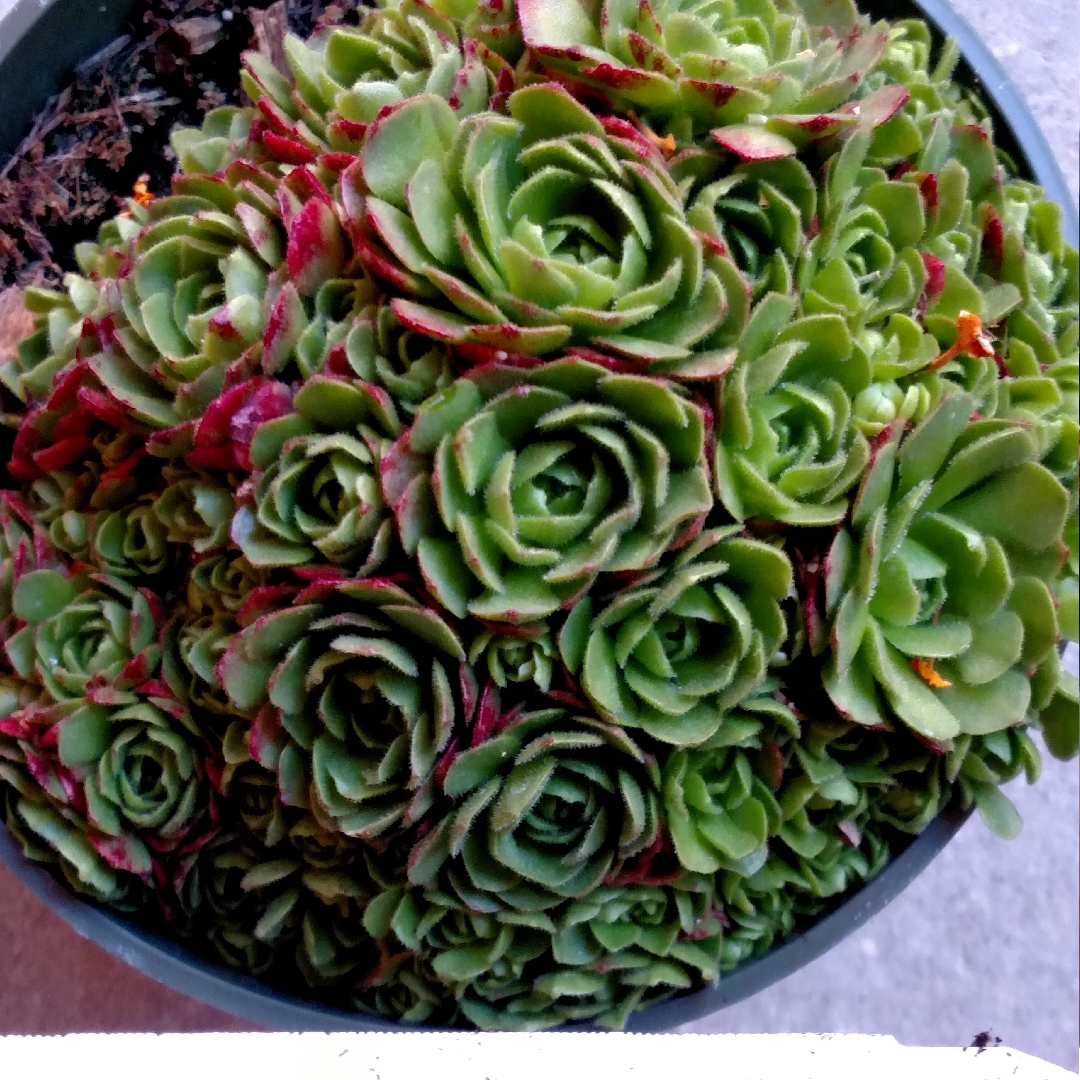
Rosularia Platyphylla
Rosularia 'Platyphylla'
A small evergreen alpine, good for sunny rockeries and slopes; plants grow as solitary rosettes or in small groups and spread slowly into clumps; similar to and related to Sempervivum (hens and chicks), extremely drought tolerant.
Contributed by @lovestogarden
-
Full sun to partial shade
-
Occasional watering
-
A little frost hardy: 32F (0°C)
-
Free draining and fertile
Common name
Rosularia 'Platyphylla'
Latin name
Rosularia Platyphylla
type
Succulent
family
Crassulaceae
ph
6.0 - 7.0 Acid - Neutral
Plant & bloom calendar
-
Best time to plant
full grown dimensions
 0.30 M
0.20 M
0.30 M
0.20 M
Rosularia Platyphylla
A small evergreen alpine, good for sunny rockeries and slopes; plants grow as solitary rosettes or in small groups and spread slowly into clumps; similar to and related to Sempervivum (hens and chicks), extremely drought tolerant.
Propagation
From Early Spring TO Late Winter
Mostly Sempervivums propagate by sending out offshoots, which root and become independent of the parent plant as the connecting stolon withers. Offshoots can be moved once they have reached a sufficient size. The stolon should be cut off at approximately one-half inch from the base of the new plant. This encourages roots to develop at the base of the rosette instead of along the stolon. Push the stolon into the soil, leaving the baby to sit on top of the soil.
Planting
From Early Spring TO Early Spring
The three things to remember when growing them are that they prefer full to partial sun (conditions dependant), well drained soil, and occasional water. They can easily be grown in cracks in dry stone walls, hypertufa, troughs, rock gardens, or a poor soil area that does not hold water. Very sandy clay soil is ideal. They will live much longer if carelessly thrown on concrete and forgotten than they will if planted in rich, organic soil and well watered.



























